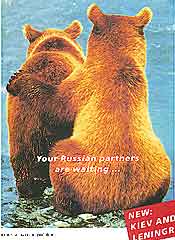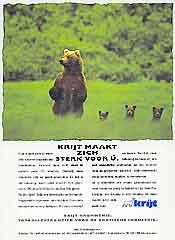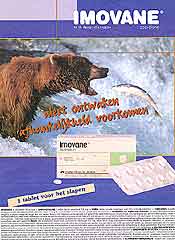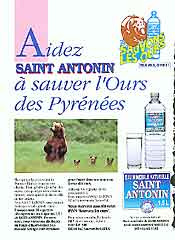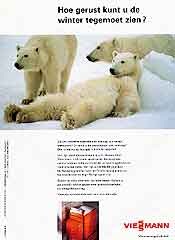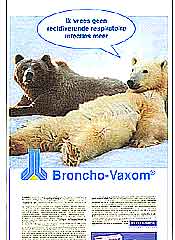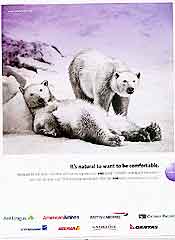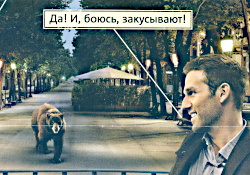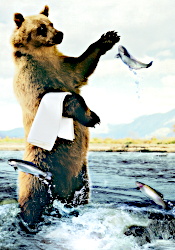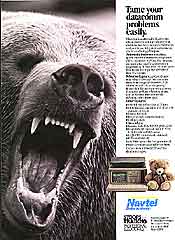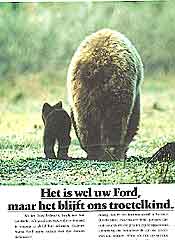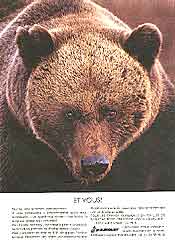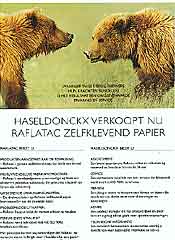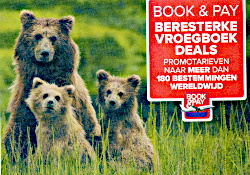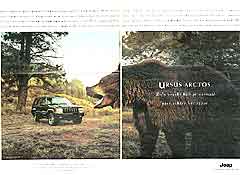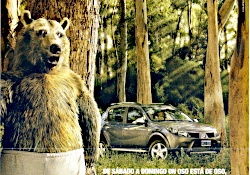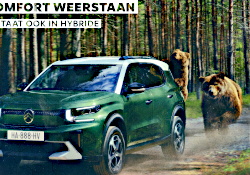Brown bears appear in only 30%
of all commercials and in most cases it is not clear why a brown bear was chosen. Take, for example, the mineral water adverts, №s 6, 10, and 12, 13. Three different brands have chosen a bear.
In Help us save the Pyrenean bear
(6), and advert for a French brand of mineral water, any iconic species from the Pyrenees could have been chosen. The bear isn't really important, and no specific characteristic is mentioned.
The pristine water
is a mineral
water from Belgium (10). The text goes
Somewhere in Belgium, ther''s still a hidden area, preserved by time and cherished by nature. In that pristine spot … fresh and pure.
Nowhere is there anything that refers to bears, which, by the way, do not occur in the wild in Belgium.
If you fancy something nice
is also for a belgian mineral water and it comes in a Dutch (12) and French version (13). At the same time, the brand ran also an advertisement featuring a cattle egret on the back of a hippopotamus
(
see this advert). The caption was the same and I could, if possible, follow the train of thought even less.
Besides №s 12 and 13, we have two other brands that call upon the services of a bear catching fish.
In The automatic attraction
(4) a fish seems to be attracted to a bear, which is certainly not the case in real life
†. A very similar image is used for № 5 which is about sleeping pills that
that would cause one to wake up alert, and which would not cause dependence. I have no idea what role that bear and that fish are playing there.

